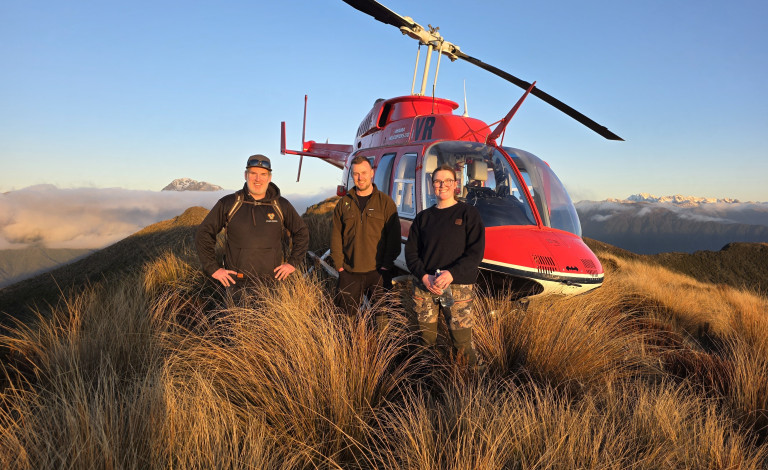Human activity driving global plant evolution
18 March 2022 | News
Urbanisation is changing the evolution of plants in cities worldwide, including in Christchurch, new research shows.
Global Urban Evolution Project (GLUE), a ground-breaking study involving Lincoln University ecology senior lecturer William Godsoe, has found the clearest evidence yet that white clover is frequently evolving in cities all over the planet as a direct response to environmental changes caused by human activity.
Humans constantly re-shape the environments where they live, dramatically altering ecosystems, with cities being among the most profoundly transformed environments on Earth.
The collaborative project, led by evolutionary biologists at Canada’s University of Toronto Mississauga (UTM), can be used to help better conserve rare species and allow them to adapt to urban conditions, while preventing pests and diseases from adapting to the same environments.
The scientists chose to study white clover, as it is one of the few organisms present in almost every city in the world, providing a tool to understand how urban environments influence evolution. However, the implications reach far beyond the humble clover plant.
Dr Godsoe said Christchurch was one of 160 cities surveyed by the scientists to understand how urbanisation shaped the evolution of clover.
"In a global sense, the study showed that environmental conditions in cities tend to be more similar to each other than to nearby rural habitats, and Christchurch was no exception.
"White clover typically produces hydrogen cyanide, both as a defence mechanism against grazing animals and to increase its tolerance to water stress.
"However, when it grows in cities, it typically produces less of it, due to repeated adaptation to urban environments and the lack of herbivores and water stress in these areas."
In that regard, downtown Christchurch could be deemed more comparable to downtown Tokyo than to surrounding Canterbury farmland and forests.
Dr Godsoe surveyed 40 sites between Moorhouse Ave and the Ashley River and found a pattern consistent with many other cities throughout the world – plants in rural areas produced more toxic cyanide than plants from inside the city.
His connection to the project came through senior author, Professor Marc Johnson, as the duo were undergraduates together at the University of Guelph in Canada. During that time, they also both worked at Algonquin Provincial Park, which is home to a national heritage programme that involves staff howling like wolves in an effort to locate a wolf pack. The two are happy to collaborate again on a very different type of project.
The GLUE findings, published in the journal Science, analysed data collected in 26 countries by 287 scientists who sampled the white clover plant in their cities and nearby rural areas.
However, this publication is just the beginning. Using the same techniques, collaborators collected more than 110,000 clover samples and have sequenced more than 2,500 clover genomes. It has created a massive dataset that will be studied for years to come.
The global collaboration is the largest field study of evolution ever carried out and has also been described by UTM as a model for inclusive science. The team was equally split between women and men and included not just established researchers, but also students at all levels – including postgraduate UTM student James S. Santiago – and from all inhabited continents across the world.


